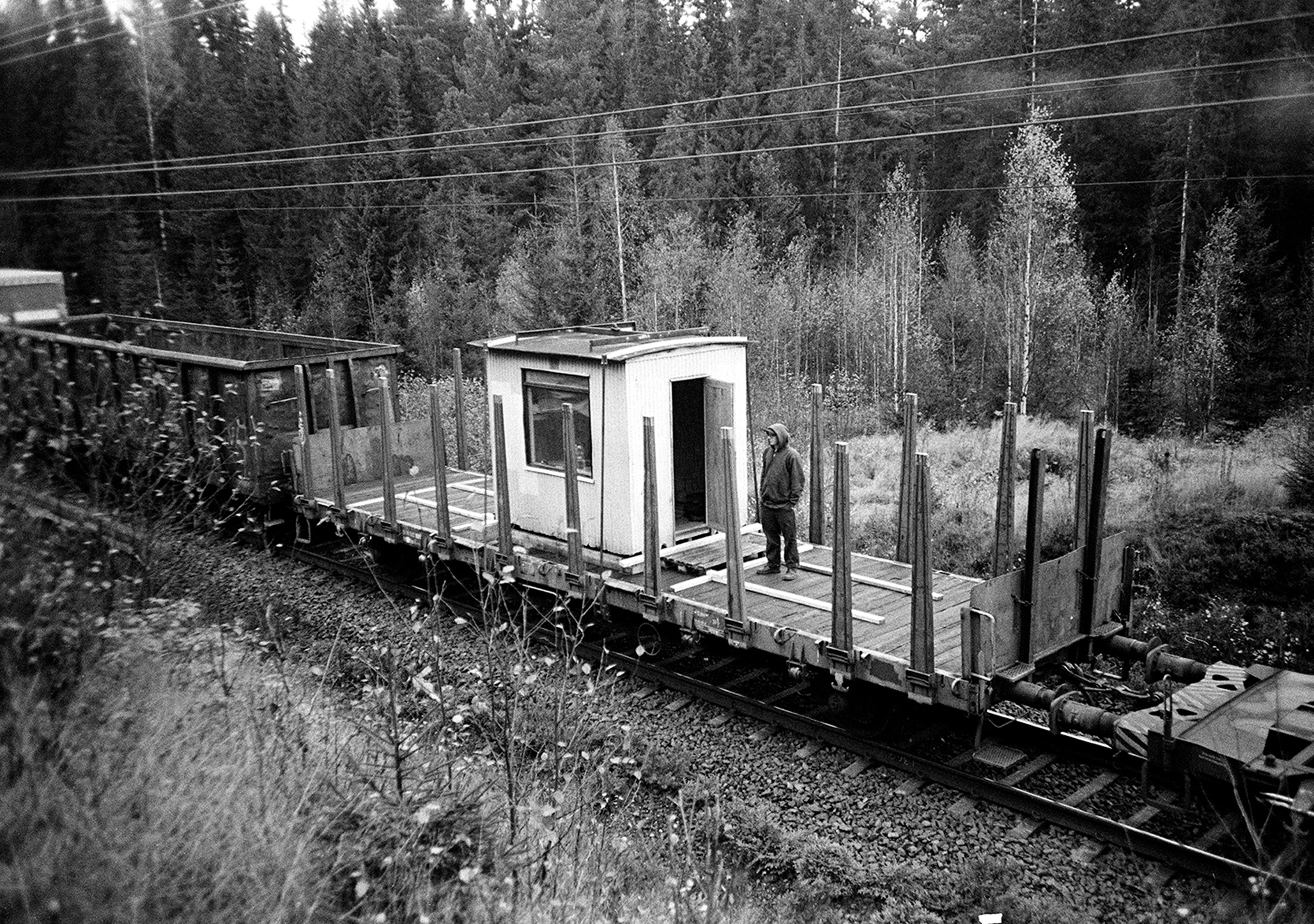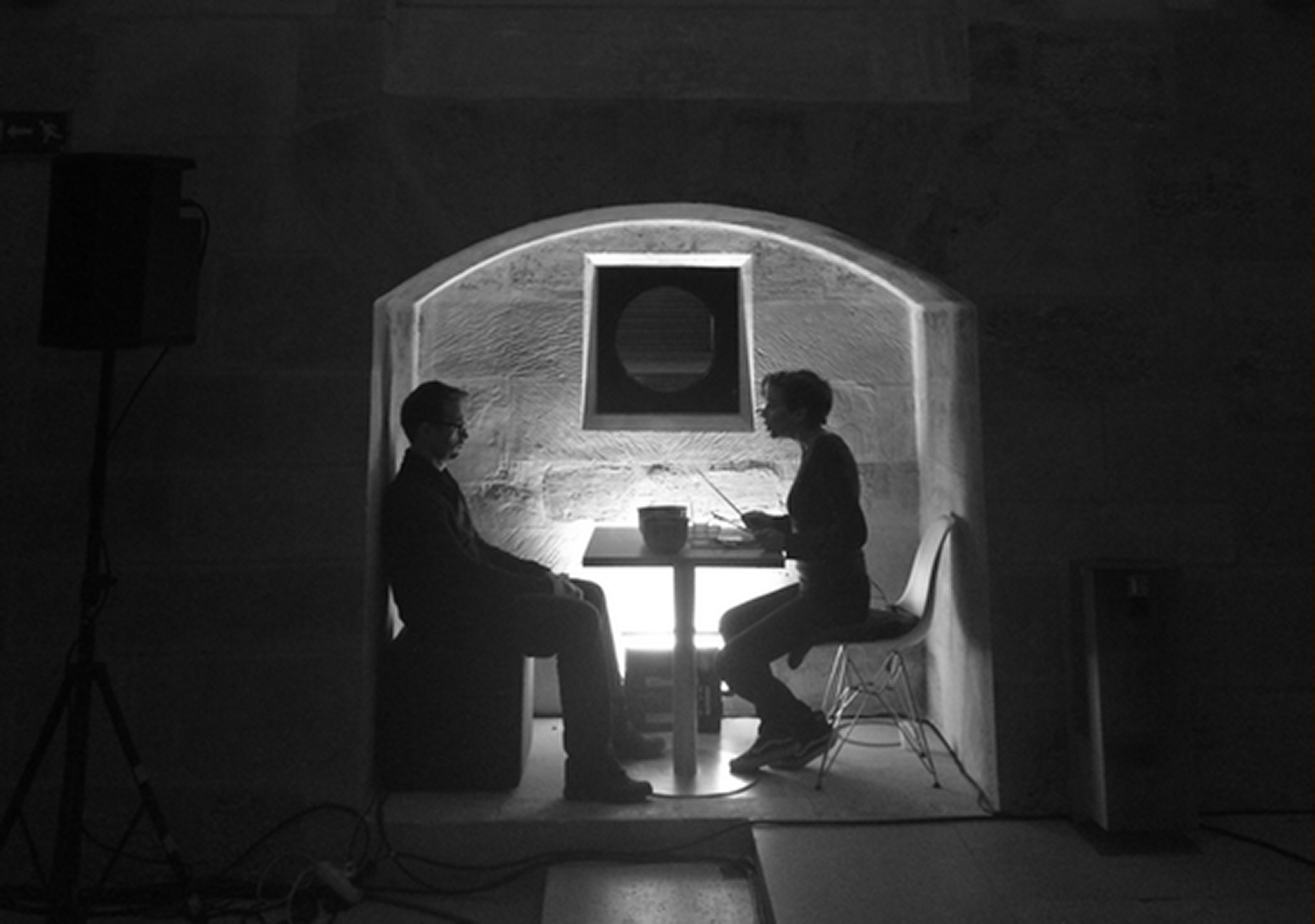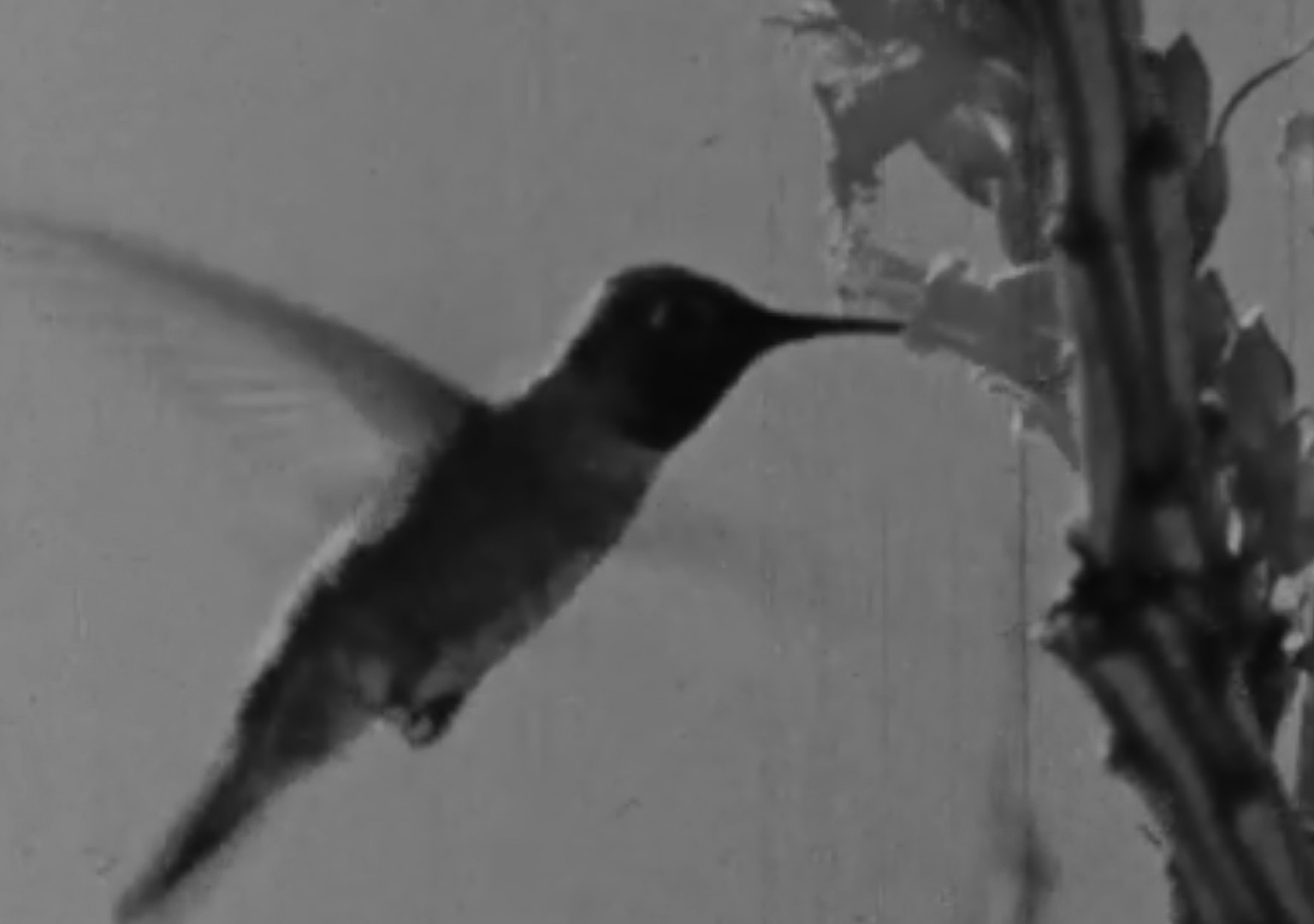Ordet exposition har vare sig i en forskningskontext eller i bildkonsten någon längre historia. De sceniska, tekniska och visuella konotationerna av ordet handlar om förklaring, uppvisande, om vägledande kommentarer, om att framställa något öppet – att föra fram det i ljuset. Vi kan tänka på kamerans exponeringstid eller på hur expositionen i teatern eller filmen är de partier som ger den bakgrund till karaktärerna som är nödvändig för berättelsen. Det är intressant att gatukonstnären och den konstnärlige forskaren Adam Kraft i detta sammanhang har skapat en exposition för VIS premiärnummer. Hela Adam Krafts mer än 15-åriga gärning handlar om åtkomst till dolda och förmodat oåtkomliga utrymmen i staden och offentligheten, platser som konstnären utforskar och på olika sätt bebor och skapar avtryck på – både som en markör för dess potential och för att i graffiti-traditionen sätta sitt märke. Detta inträngande i, och omförhandlande av, stängda offentliga fysiska rum har en politisk betydelse och handlar ytterst om en dekonstruktion av själva föreställningsförmågan – ”de-imagineering”, som Kraft säger, där föreställningsförmågans tankematerial förändras och vidgas. ”Rätten till staden” får en ny betydelse i denna exposition av expeditionerna platser som vi inte förväntas bli exponerade för. Denna möjligen paradoxala öppenhet, detta uppvisande, innefattar också de bokstavliga metodologiska verktygslådor som utvecklats i Krafts arbete i en form av best practice-anda. Adams Krafts bidrag visar på en potential inom forskning på konstnärlig grund: vi kan få en viss tillgång till stadens frånsida och dess möjligheter, och vi kan till och med dela vissa metoder, bevekelsegrunder och utopier för denna åtkomst.
Magnus Bärtås, Redaktionskommittén
Biografi
Adam Kraft är doktorand vid doktorandprogrammet Konst, teknik och design vid Konstfack och KTH.
Sammanfattning av expositionen: I mitt arbete experimenterar jag med att "de-imagineera" och ingripa i den "urbana allmänningen" genom att förändra och omforma befintliga strukturer. Arbetet är både informellt och gränsöverskridande i sin metodik, med den centrala avsikten att undersöka och delta i utformningen och skapandet av staden. Konst och forskning kan vara nycklar till en sådan stad i vardande, ett utrymme där vi kan utmana förutfattade meningar om vad som är möjligt och föreställa oss alternativa strategier för att skapa verklighet. Som begreppet "imagineering" antyder är det fantasins möjligheter att hypotetiskt se bakom verkligheten och forma den. Dessutom vill jag specificera "fantasi" som det tankematerial som potentiella verkligheter är gjorda av. Eftersom termen "imagineering" är starkt kopplad till dess användning i den kreativa ekonomin, föreslår jag ordleken "de-imagineering" (dekonstruktionen av fantasi). Jag hävdar att produktionen av fantasi är grundläggande för förändringen av nuvarande förhållanden och därför bör återanvändas. I den meningen är det en anarkistisk hållning; den fördömer allt som avskärmar oss från och minskar vår egen makt att agera.
Det är inte bara fantasin som finns på företagens och de kommersiella aktörernas konton, utan även många av de taktiker som är utformade för att ifrågasätta denna hegemoni. Motkulturen omvandlas kontinuerligt för att passa som kapitalismens saneringsverktyg i "ombyggda" städer, den koopteras och instrumentaliseras i gentrifieringsprocesser. I mitt arbete manifesterar detta den etiska frågan om att ha en praktik som riskerar att i slutändan ge näring åt det dominerande system som man motsätter sig. Ett fenomen som situationisterna kallade Récuperation; "samhällets aktivitet när det försöker komma i besittning av det som förnekar det", eller man skulle kunna säga: hur motståndsstrategier mot "spektaklet" i slutändan blir en viktig del av det.
Baserat på denna kunskap undersöker jag vilka gränsöverskridande strategier, undflyende men ändå närvarande, som skulle kunna praktiseras under det lefebvrianska begreppet "rätten till staden". Hur skulle de kunna konstrueras, framföras och delas?




